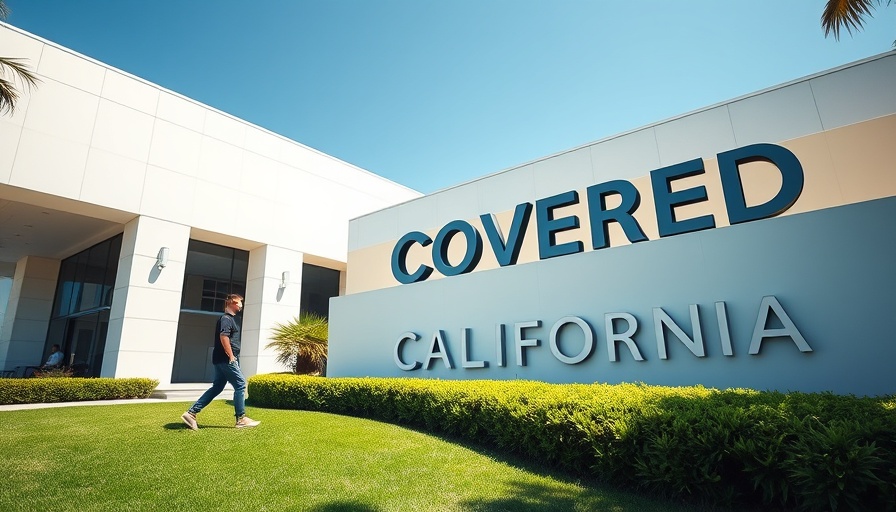
Revolutionizing Health: Non-Invasive Sodium Monitoring
In a groundbreaking study, researchers at Tianjin University have unveiled a new method for monitoring sodium levels in the blood without the need for traditional blood draws. This innovative system leverages the power of terahertz radiation combined with optoacoustic detection, promising to transform how we approach real-time health monitoring for conditions such as dehydration and neurological disorders.
Understanding the Science Behind the Technology
This non-invasive technique marks a significant advancement in medical technology. Terahertz waves, which fall between microwaves and mid-infrared radiation on the electromagnetic spectrum, possess qualities that make them suitable for health applications. They are low-energy and do not harm tissues, allowing for safer measurements. The challenge, traditionally, lay in detecting molecules other than water amidst complex biological samples. However, the integration of optoacoustic detection has allowed researchers to push through these barriers, achieving the first in vivo detection of sodium ions in living beings. This could ultimately pave the way for clinical applications that could monitor sodium levels continuously and efficiently.
The Potential Impact on Health and Wellness
Why is this important? Sodium plays a crucial role in numerous bodily functions, including fluid balance and nerve signaling. Conditions ranging from dehydration to kidney disease can result from imbalances in sodium levels. With this technology, doctors could monitor patients' sodium levels in real time, reducing the need for invasive procedures and improving patient outcomes significantly.
Applications Beyond Sodium Monitoring
But the implications of this technology extend far beyond sodium tracking. As researchers refine their models and establish clinical reliability, other parameters could be monitored non-invasively. The potential for real-time tracking of various biometrics could lead to innovations in how we approach health and wellness.
Healthcare Accessibility and Patient Comfort
One of the most compelling aspects of this new method is its potential to enhance healthcare accessibility, especially for vulnerable populations. Non-invasive methods can alleviate the pain and discomfort associated with blood draws, encouraging patients to participate in regular health monitoring—a critical aspect of preventive care. Furthermore, this technology can provide peace of mind for those who experience anxiety associated with medical procedures, enhancing the overall patient experience.
Future Directions and Clinical Integration
What does the future hold for this technology? Researchers are optimistic about further developments. As they work on perfecting the system, we could see its integration into clinical settings as a routine health monitoring tool. This could establish a new standard in patient care, where real-time insights into sodium levels help avert serious health crises.
Conclusion: Embracing Innovations for Better Living
As we navigate through advancements in medical technology, it's crucial to remain informed about emerging solutions that can enhance our health and wellness. The shift toward non-invasive techniques not only represents a technological leap but also signifies a more humane approach to medical treatment. Keeping informed about such innovations empowers us to take proactive steps toward our health. Embracing these advancements could play a vital role in enhancing our quality of life—a testament to living well in a rapidly evolving health landscape.
 Add Element
Add Element  Add Row
Add Row 



 Add Row
Add Row  Add
Add 


Write A Comment